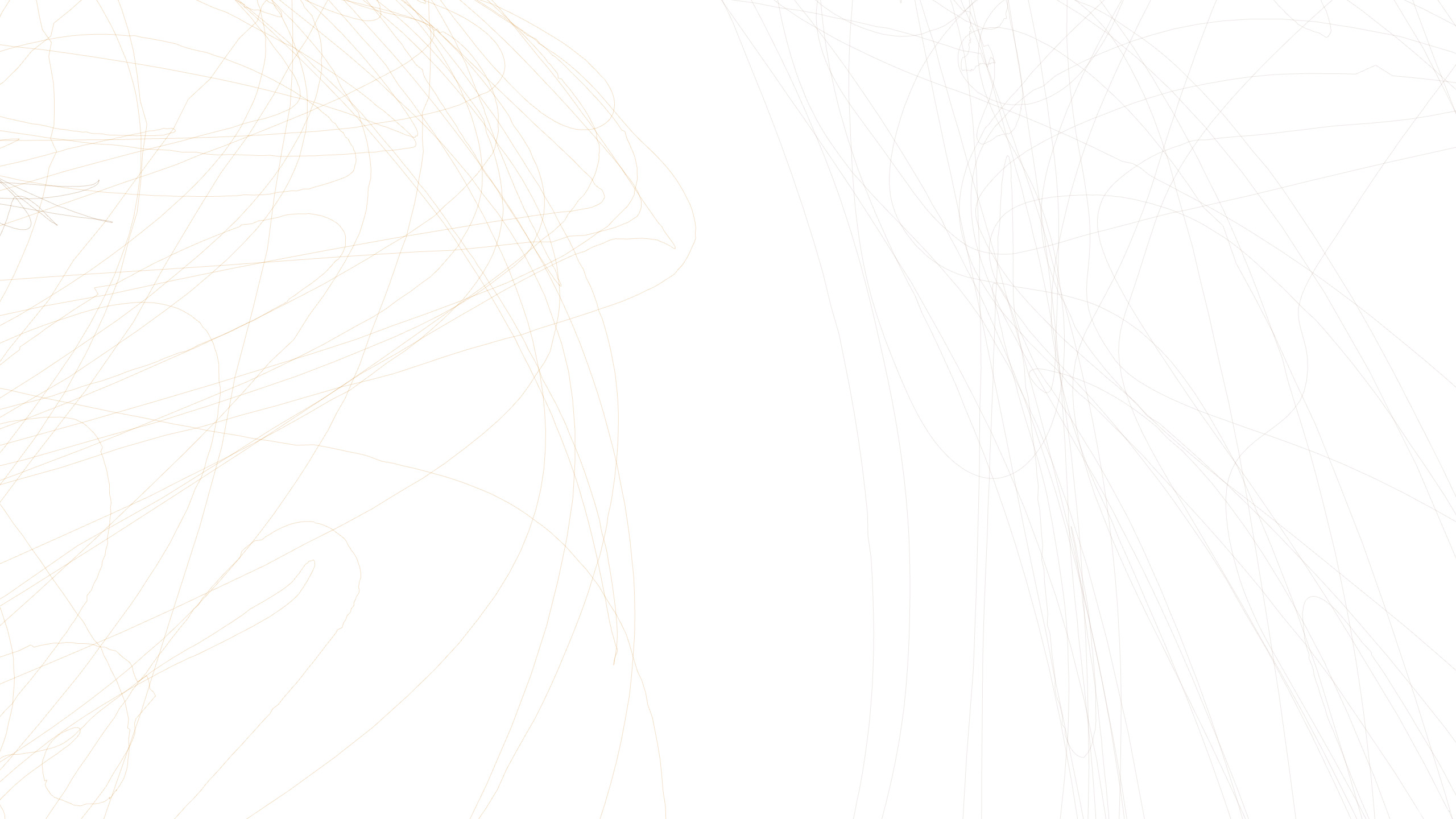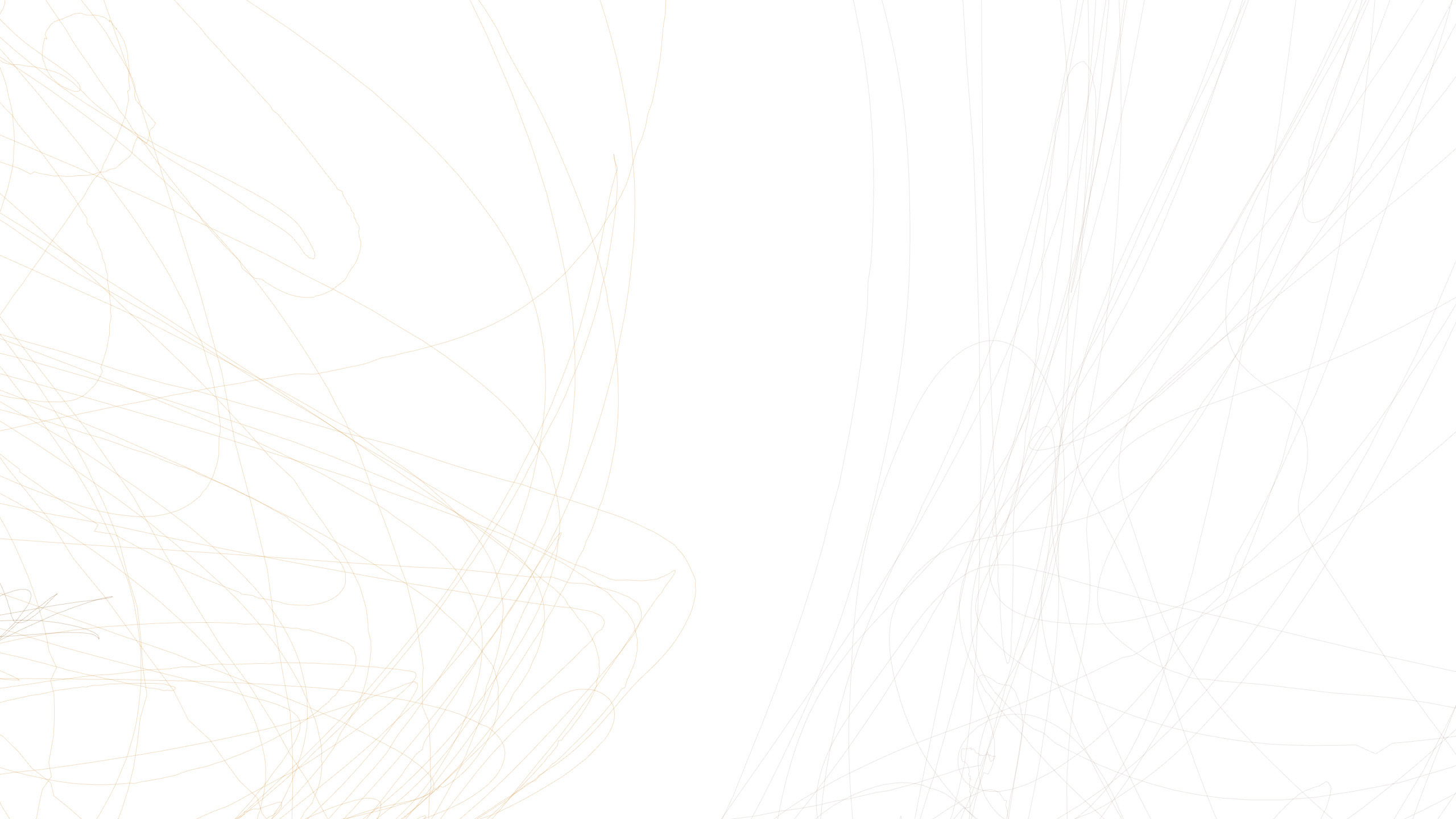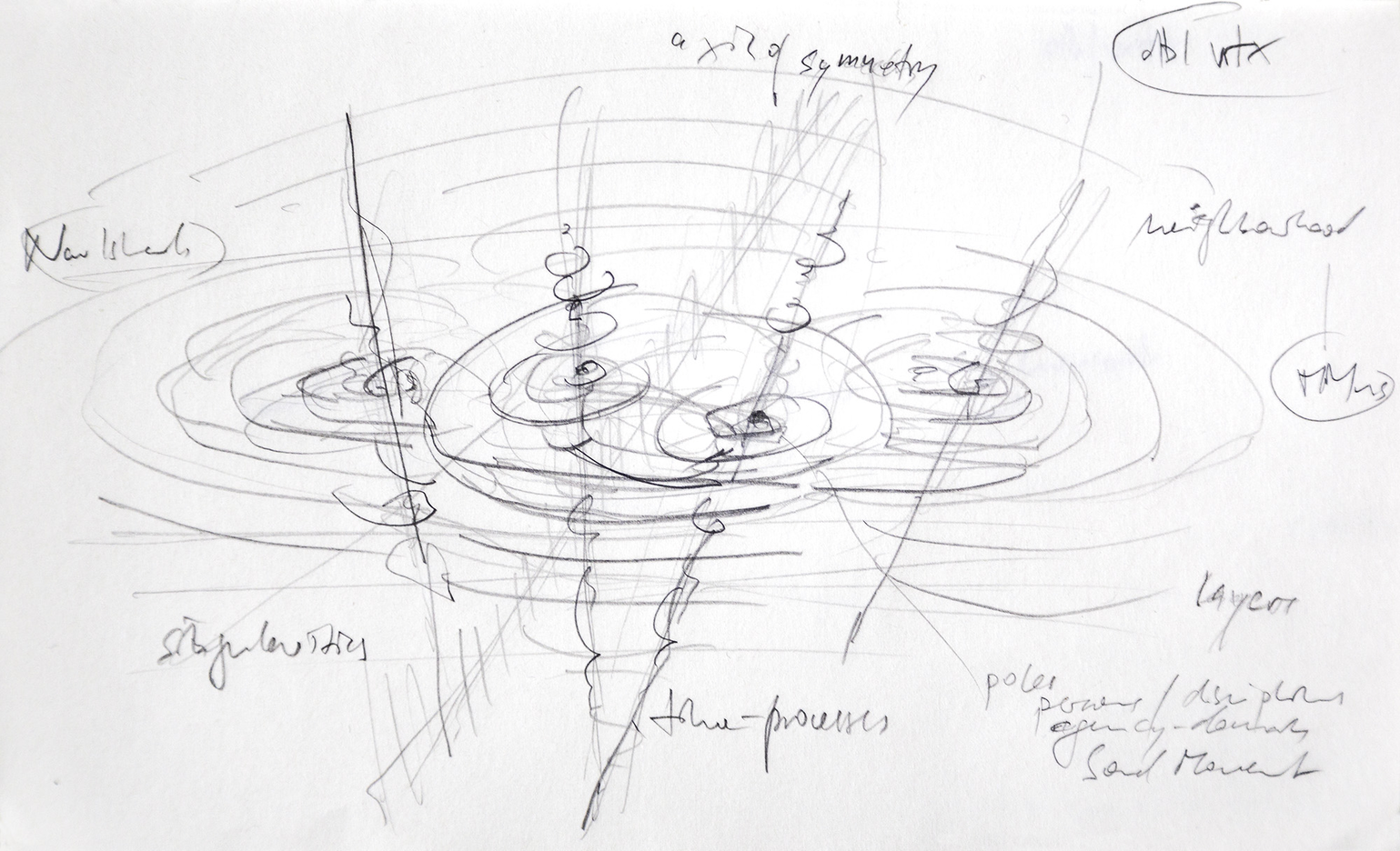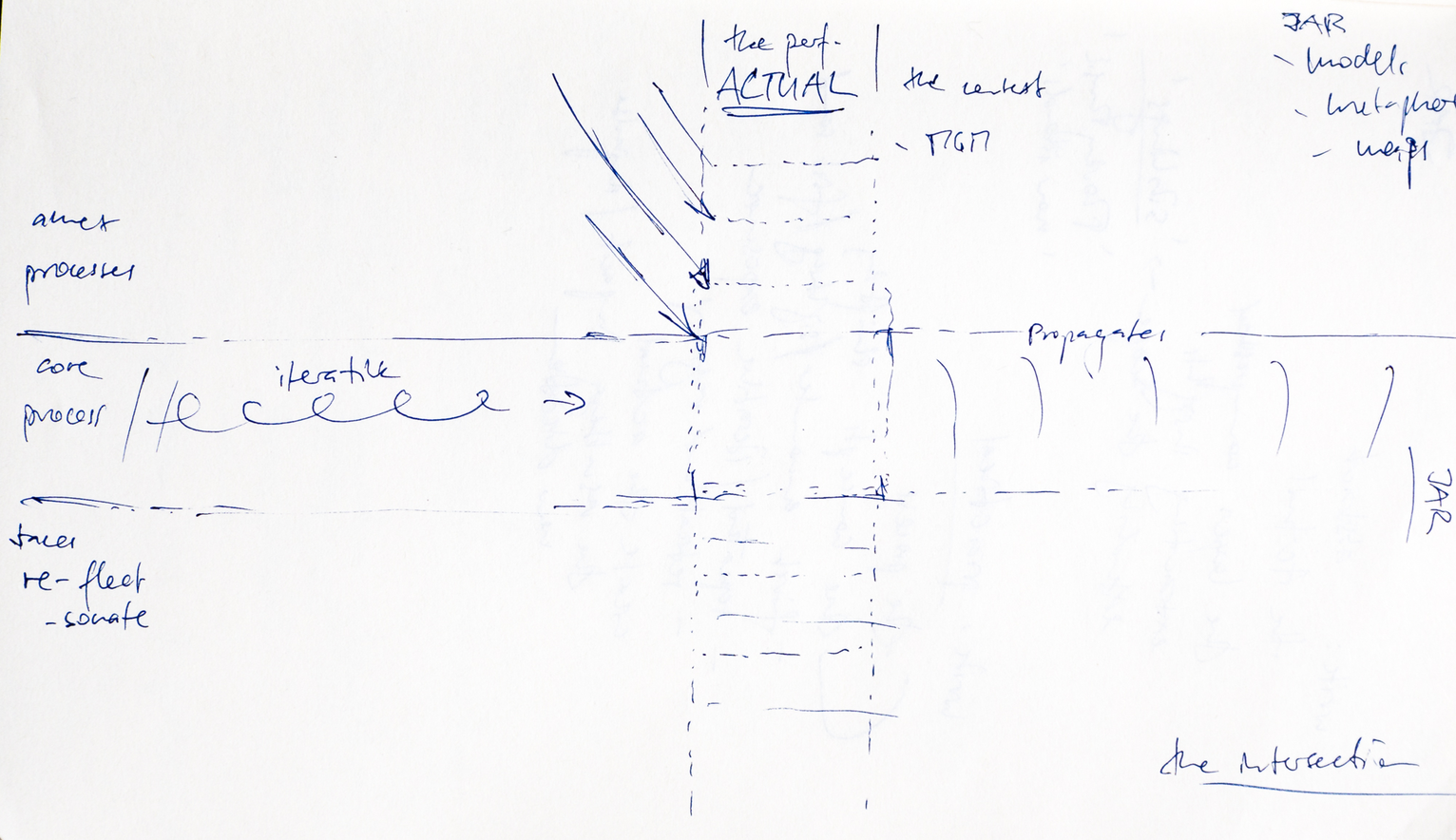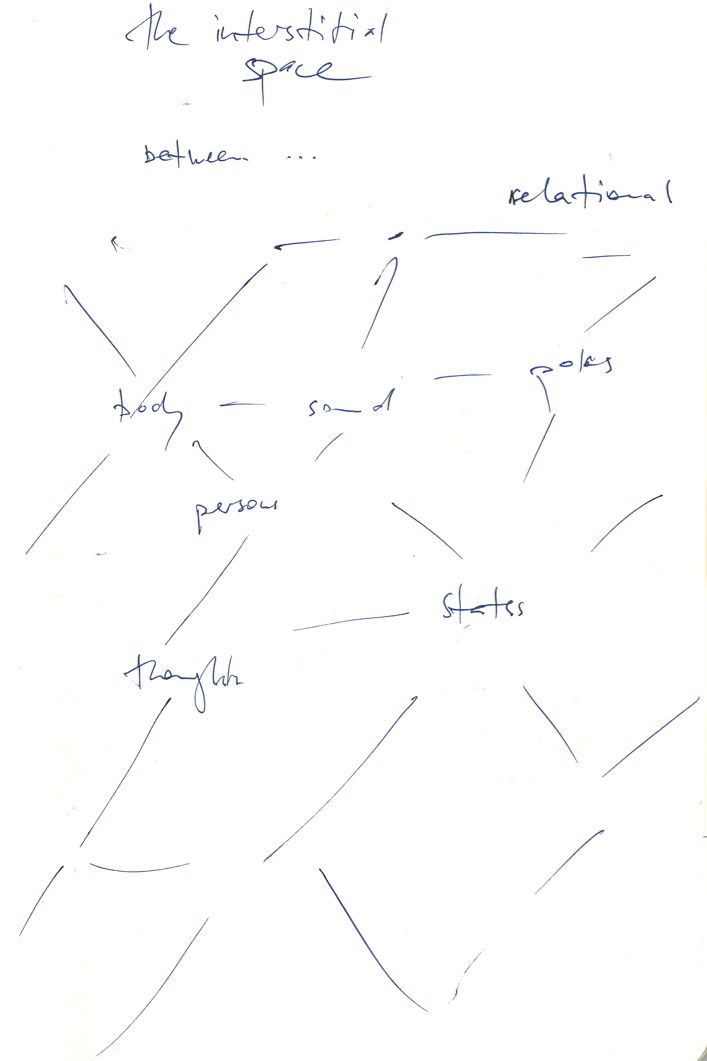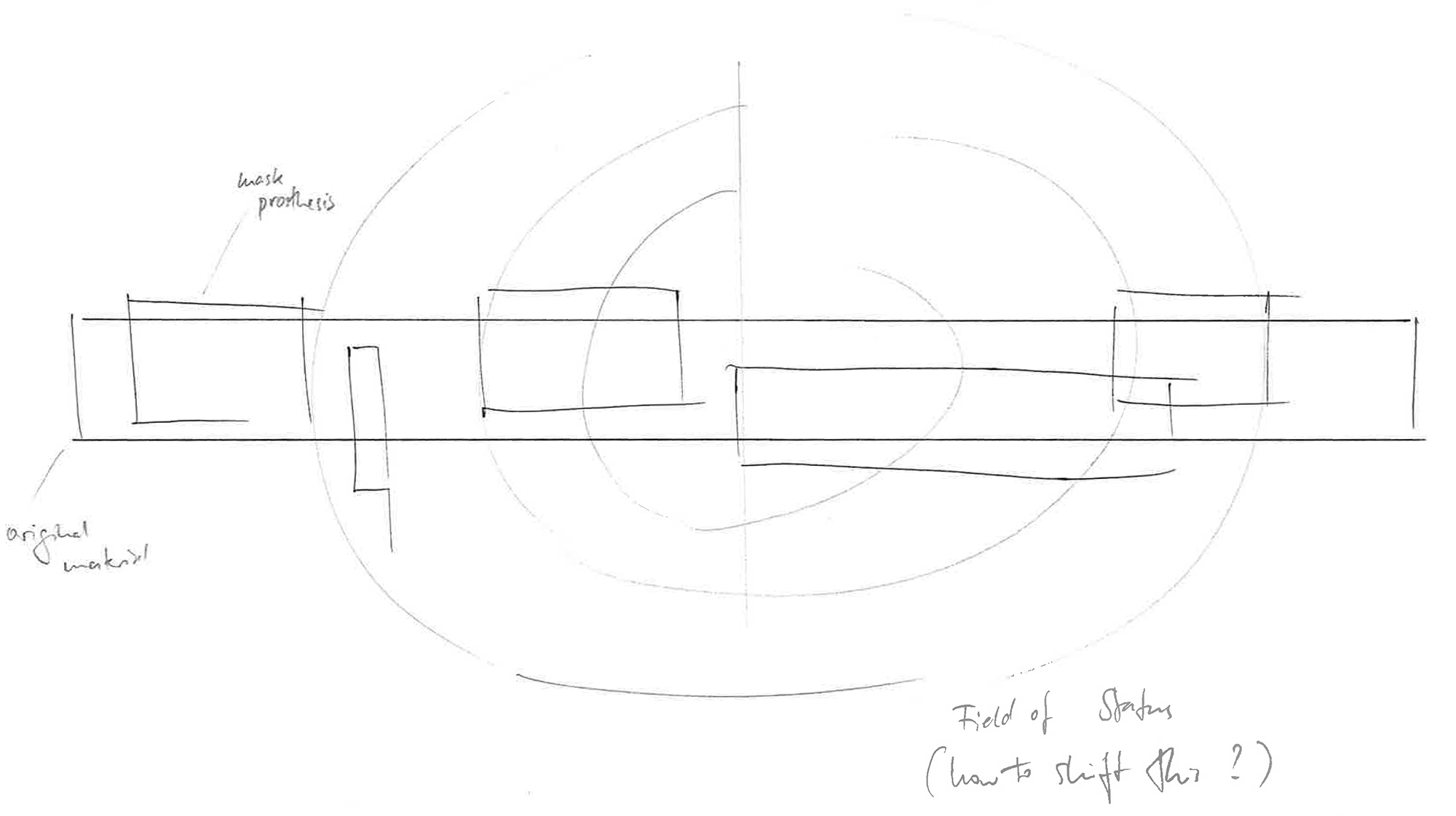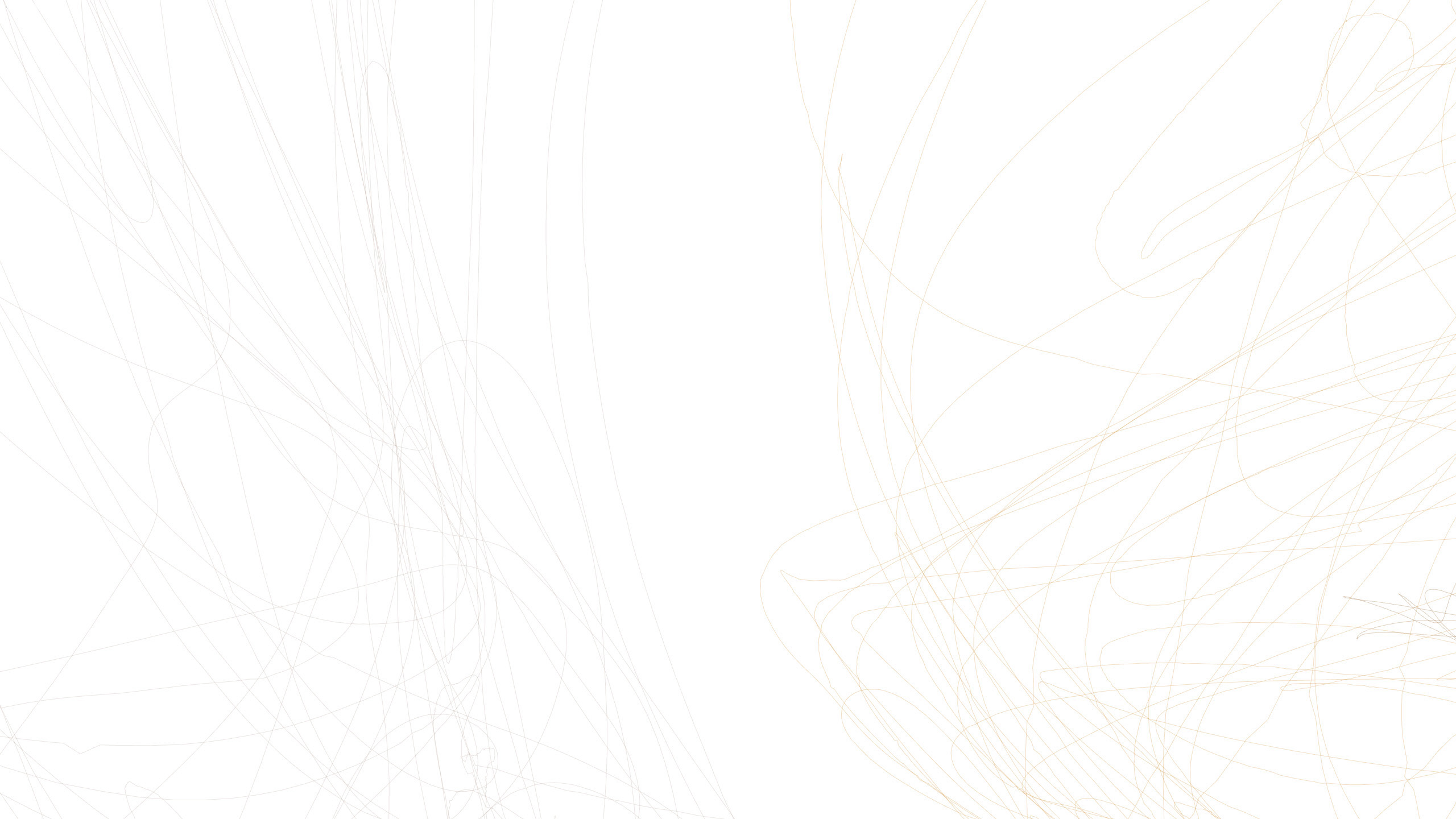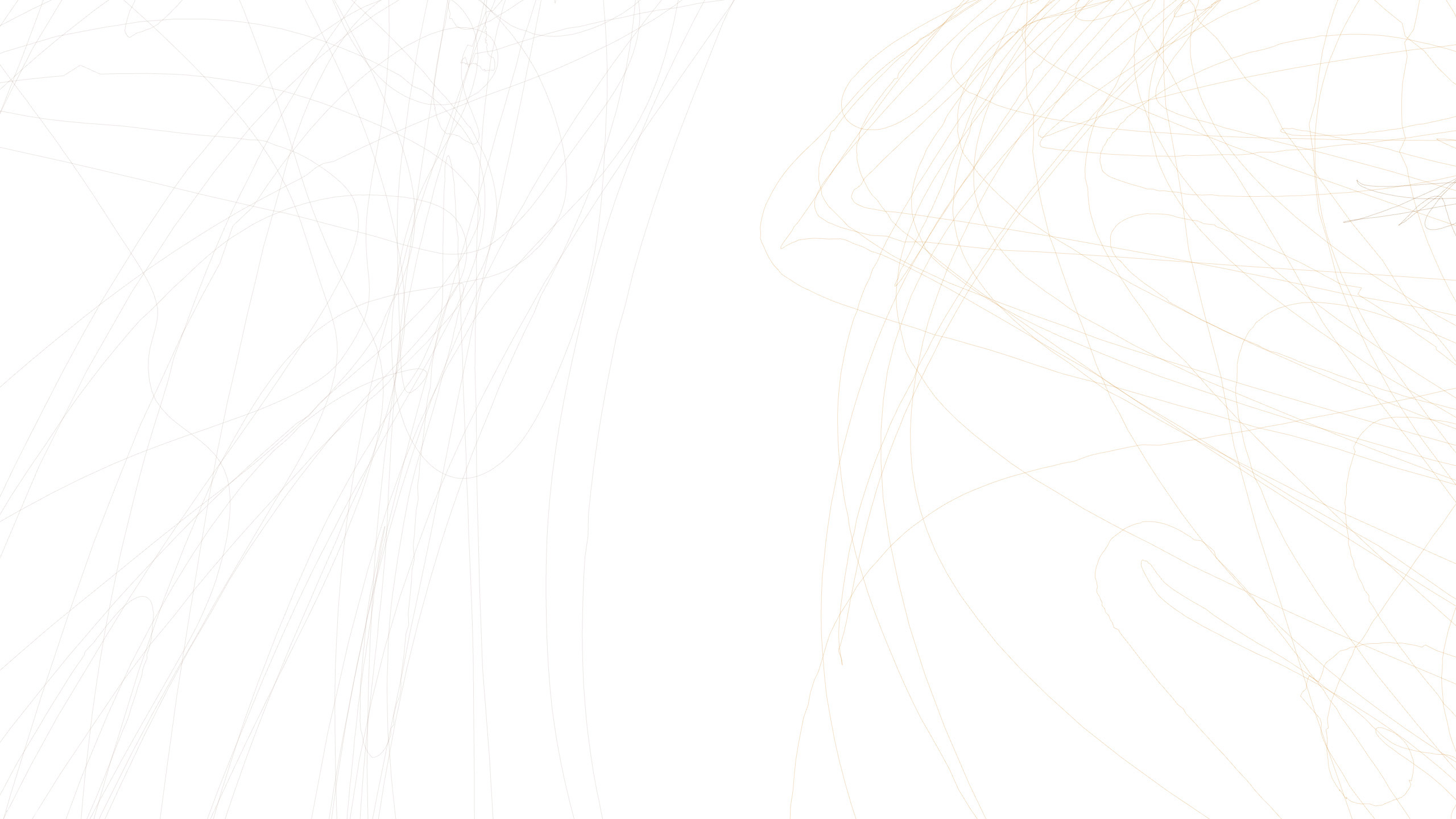Reflection on processes of art making is an integral part of any artist’s method. It serves to guide and sharpen, differentiate, and refine the works created. Organising it in such a way that it extends the primary artwork with additional elements is what distinguishes ‘artistic practice’ from research that communicates beyond the work’s original environment. The performing arts produce no tangible and lasting objects. The ‘actual’ (Schechner 1988) is contained in a performer’s effort and expression and is translated into an experience for the audience. The primary ‘actual’ is gone as soon as the performance is over. The main strategy used to mitigate the fleeting, evanescent nature of the art objects is to collect all possible forms of traces, both from the development process and the actualisation, in the hope that through these surrogate objects, single, detached aspects of the primary work might resonate and produce inklings that still relate to the original experience. Through an archaeology of the immediate past of performance, the processes, concepts, and methods used after performance take on a new signification. Physical artefacts, texts, sketches, notes, discussions, audio and video-recordings, and photographs are all examples of traces that might foster the emergence of a new identity of the work, in a new, second order form (Schwab 2014).
Composing at the edge of a known style with the influence of outside concepts demands that one engage in processes of speculation, experimentation, and loose ways of fixing structural, interactive, or sonic ideas. The use of sketches as external representations is an essential means of ‘coming to grips with’ or apprehending the various forces and elements involved in the processes (Nakakoji, Tanaka, and Fallman 2006).
Paper-based sketches such as drawings, diagrams, maps, and collections of key terms are generated before, during, and after the development process in the collaborative working sessions. These graphical arrangements provide a support for metaphorical, visual thinking (Arnheim 1980), by using structures in the visual domain to think and communicate about the organisation of materials and processes. Sketches maintain a fleeting, ephemeral quality until the ideas they contain have been experienced, evaluated, and deemed worthy of keeping.
Non-paper sketches are based on the same principles of exploratory experimentation. A typical sketch of this kind is a ‘what-if’ scenario during a working session, where a new notion or idea surfaces, and the collaboration partners agree to test it without prior structural, technical, or conceptual preparation. Thus, trial and error is used to generate an experience on the basis of which it becomes possible to evaluate the effectiveness of certain interaction strategies, formal constructions, or sound ideas (Edmonds, Bilda, and Muller 2009).
The core of this method is the dialogical process, which is characterised by a collaborative compositional development. Beginning with communication through language-based exploration of visual sketches, the dialogue continues through explorations of materials, interaction patterns, and sound transformation processes. The loop is closed after the performance of a sketch, of an intermediate state of the work, or an actual performance in concert. These pre-, intra-, and post-experimentation dialogues result in common ‘agreements’, which take the place of a score.
In this context ‘corporeality’ can only be addressed by looking at the potential and impact of performing with the body. Whereas for the dancer the action of creating expressive forms with the body is part of the core discipline, the same cannot be said of the trombone player. Conversely, having the dancer follow musical rather than kinaesthetic and movement principles for the creation of forms and structures pushes her into a new territory. The resulting imbalance has an affective impact, first for the performers, who become aware of the corporeal presence in a less than habitual way, second through kinaesthetic, non-verbal channels for the audience who are confronted with unfamiliar performance styles.
A sketch depicting a temporal form of a section of Double Vortex in the 2015 version (click to enlarge).
The trombone player’s astonished statement that ‘Movement sounds!’ indicates that the conceptually motivated task of performing silent phrases with the body shifts his perceptual focus and emphasises the affective impact of movement. Although musicians are trained to be and are used to being physically precise in their actions, awareness of the expressive potential of the body is rarely developed. Through the decision to put movement and corporeality at the centre of the work, every involved person becomes acutely aware of the importance and impact that the body has on this kind of performance.
The dancer in Moving Music finds herself in the inverse situation. Being an expert in expressive body work, the challenge is now to reduce the richness and polyphony of ‘kinetic melodies’ (Luria 1973; Sheets-Johnstone 2009) and ‘moving forms’ to a functional instrumental shaping of – a limited set of – sounds. The reduction results in a demonstrative exploratory and searching action that has the benefit of being clearly legible to the audience. The corporeal presence of the dancer undergoes a transformation in the opposite direction to that of the trombone player. At first she needs to remove bodily capabilities and habitual modes of performing, before the dual tasks of instrumental and dance actions can be integrated. Nevertheless, the dancer’s statement that her ‘perception of movement tends to be purely auditive’ finds its reflection in manifestations of musical phrasing within the movements. For the audience, from an outside perspective, the corporeal presence of the performers is essential for experiencing the pieces properly. As with all performing arts, being part of the situated, physical, corporeally shared space is what engenders the full experience.
From the point of view of the observing psychologist, being in the state of the ‘naive’ spectator allows one to let go of the continuous interpretation effort and to pay attention in a mode described as ‘focused on the sound, but aware of the movements’. With ‘divided attention’, the experience of the performance happens in an empathic, embodied manner while experiencing intrinsic pleasure. This produces semantic reverberations and a perceptual immersion in both sound and movement. Nevertheless, the urge to interpret and analyse returns: despite experiencing intrinsic satisfaction, the inner process of constructing narratives and interpretations when thinking of the pieces is a consequence of thoroughly following their creation and iterations.
In the case of the dance piece, the personal narrative evolves around an organism or being that comes into life, experiences and explores the world around it, starts to interact, and finds its place. This story continues with the ‘catastrophic’ collapse towards the end, representing defeat or death. Subsequent resurrection and continuation is only a logical consequence of the constructed narrative and closes the perceived ‘circle of life’. The specific nature of sounds – they changed substantially during the development of the piece – matters less than the tangible ‘interaction’ of the fictional being with this natural habitat.
The trombone piece contains aspects of a personal narrative about a developing life or general evolution as well. The directionality and axes represent the prominent ‘salient’ features in this performance; the variation of tempi, the ‘curvy’ and ‘edgy’ movements, and the abrupt changes in axes and directionality create a stark contrast with the rather fluid and organic dance performance. The changes in directions and the mode of exploring the (sound-)space through directed sounds lead to a similar interpretation of ‘learning and failing’. In the trombone piece, the epistemic impulses – or cultural codes – are provided by the stage set-up and instrument, whereas in the dance piece they are delivered directly to the place in space.
The parallels and mirroring between the pieces are evident and occur between the actual performances and developmental phases, as well as between performer and audiences. Finally, let’s not forget that our minds are incapable of not generating patterns, connections, and meanings. The question remains: Are these patterns or narratives intended by the artists or are they the result of a biased perception?
From the point of view of the artist(s), the essence of performance resides in its fluidity and ephemerality, and is a manifestation beyond words. Even though it is meant to be experienced live and directly from person to person, the acts of thinking, writing, and arranging traces form an important part of communicating the outcomes of this process. To understand the unfolding continuum of ideas and perceptions, the collection of traces becomes an indispensable part of a method that aims to reach beyond the immediate domain of the performance, to include experience and memory.
As with any fully realised cultural and human endeavour, the experience is singular and impossible to properly share. Nevertheless, it is precisely by sourcing an additional effort of presenting materials from the unique position within the performed moment that a richer and more satisfying interpersonal exchange can take place, which multiplies the impact of an artwork. In this regard, persevering in the conflictual state between the doing and the talking, between performing and communicating, provides a worthwhile and fruitful attitude in the specific kind of performing art presented here.
